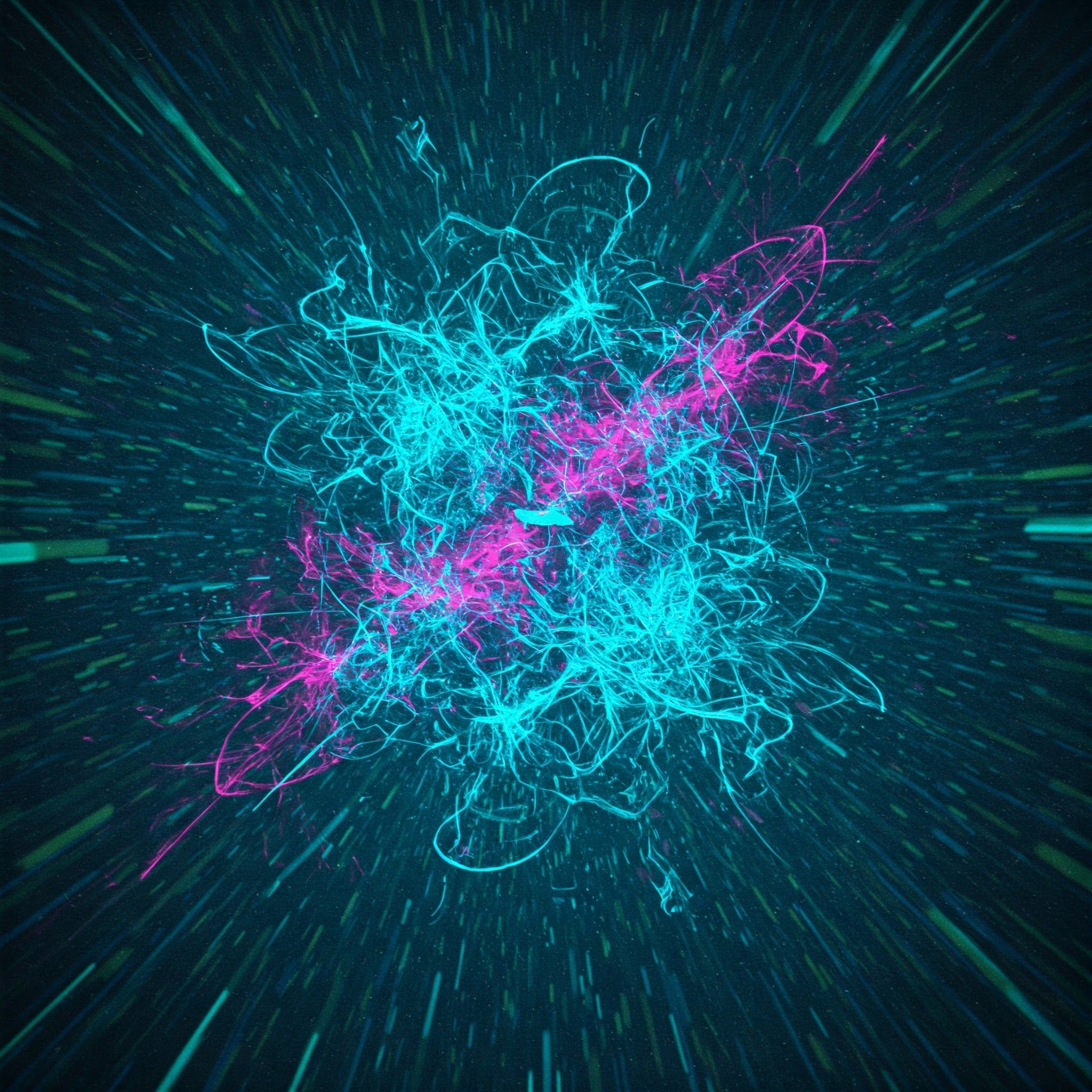
Unveiling the Unseen
The Power of Quantum Sensors
We've already touched upon the incredible potential of quantum sensors in our overview of quantum technologies. Now, let's delve deeper into what these remarkable devices are, how they work by harnessing the fascinating world of quantum mechanics, and the diverse array of technologies that are enabling unprecedented levels of precision in measurement.
What are Quantum Sensors?
Quantum sensors are devices that utilize the principles of quantum mechanics – such as superposition, entanglement, and quantization – to measure physical quantities with significantly enhanced sensitivity and accuracy compared to classical sensors. Their ability to detect extremely small changes in properties like magnetic fields, gravity, time, light, and acceleration opens up revolutionary possibilities across various scientific and technological domains.
Key Concepts in Quantum Sensing
Understanding the power of quantum sensors requires grasping a few fundamental quantum concepts:
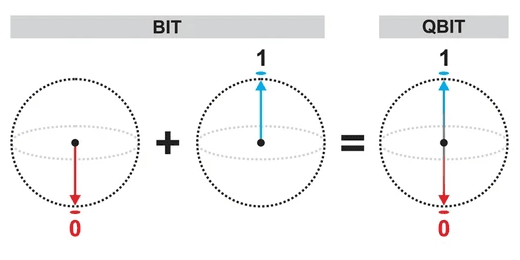
Superposition: Quantum systems can exist in multiple states at once, making them exquisitely sensitive to minute changes in their environment.
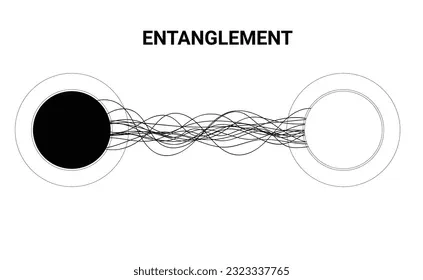
Entanglement: Linked quantum particles can enhance measurement precision beyond classical limits through their correlated properties.
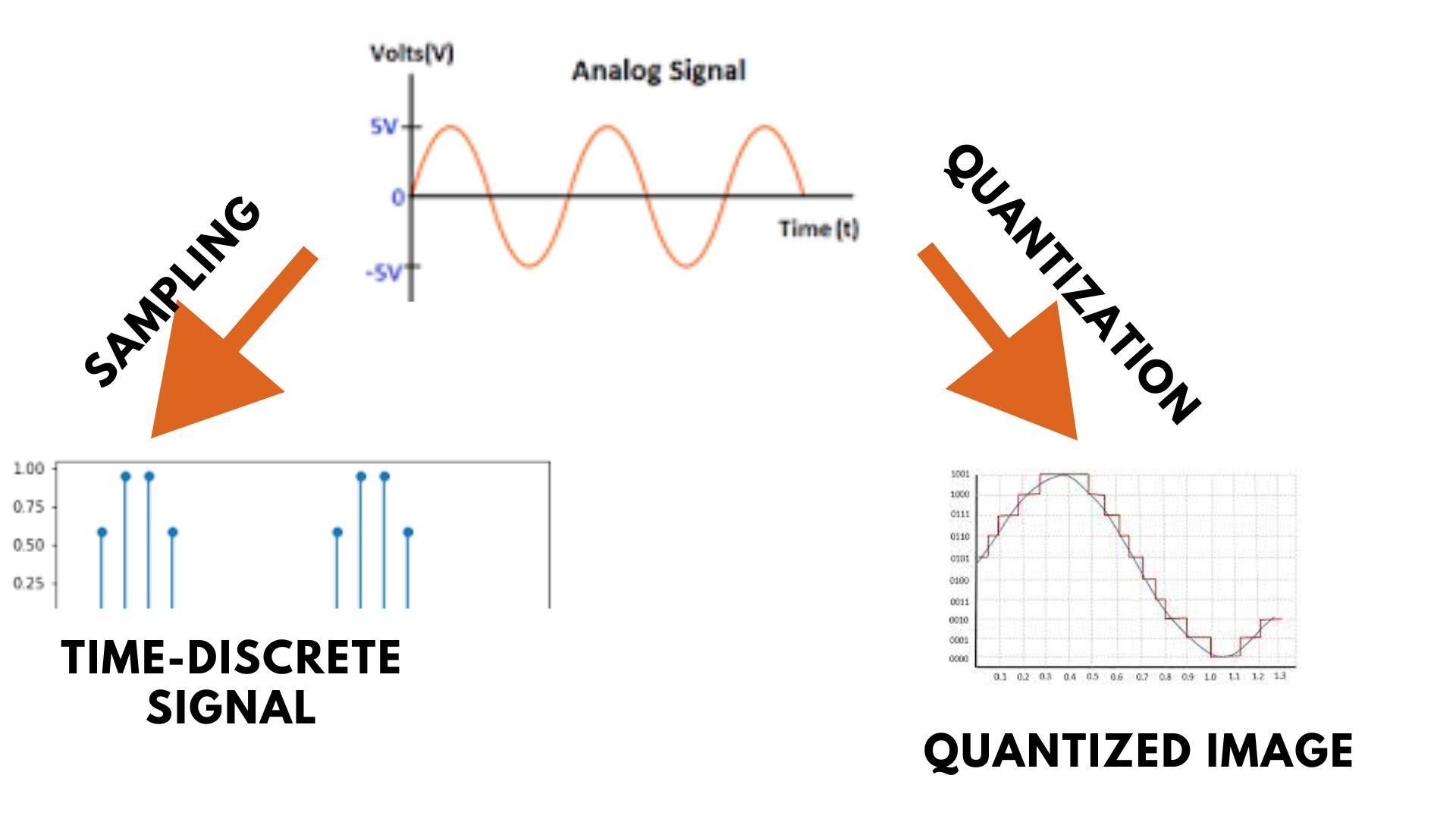
Quantization: Quantum properties occur in discrete levels, allowing for highly accurate measurements by detecting transitions between these levels.
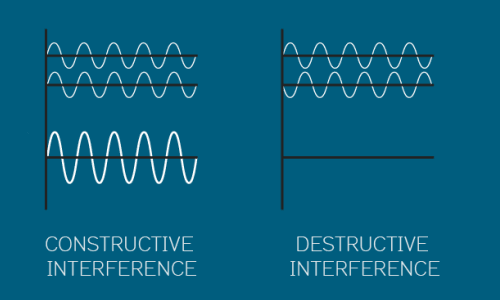
Quantum Interference: The wave-like nature of quantum particles can be used to create interference patterns that reveal tiny changes in physical quantities.
Norman Ramsey (1915-2011): Awarded the Nobel Prize for his development of the separated oscillatory fields method, a cornerstone of modern atomic clocks.
Types of Quantum Sensors and Their Building Blocks
Here are some key types of quantum sensors and a glimpse into their fundamental quantum mechanisms:
Atomic Clocks: The most precise timekeepers, using lasers to cool and trap atoms and microwave cavities to measure their energy transitions.
Quantum Gravimeters: Measure gravity with extreme accuracy using atom interferometry, where laser pulses manipulate the wave packets of atoms to sense minute changes in gravitational acceleration.
Quantum Magnetometers: Detect incredibly weak magnetic fields through various mechanisms:
- SQUIDs (Superconducting Quantum Interference Devices): Utilize superconducting loops and Josephson junctions to sense tiny changes in magnetic flux.
- NV (Nitrogen-Vacancy) Center Magnetometers: Employ defects in diamond whose spin states are highly sensitive to magnetic fields, read out with lasers and microwaves.
Quantum Accelerometers and Gyroscopes: Employ atom interferometry or other quantum systems to achieve highly sensitive measurements of acceleration and rotation, crucial for navigation.
Quantum Light Sensors (Single-Photon Detectors): Detect individual photons using materials that undergo quantum transitions upon absorbing a single light particle, vital for quantum communication and imaging.
How Quantum Sensors Work
A Deeper Dive into Measurement
The operation of a quantum sensor typically involves:
- Preparation: Setting the quantum system (atoms, qubits, etc.) into a specific initial state.
- Interaction: Exposing the system to the quantity being measured, causing a change in its quantum state.
- Readout: Measuring the final quantum state to extract information about the interaction and thus the measured quantity.
Some quantum magnetometers are so sensitive they can detect the magnetic fields produced by the electrical activity in the human heart from meters away!
Applications of Quantum Sensors
Quantum sensors are poised to revolutionize numerous fields:
- Biomedical Imaging: Enabling earlier and more accurate disease detection through highly sensitive measurements.
- Navigation: Providing ultra-precise and reliable navigation in environments where GPS is unavailable.
- Fundamental Science: Allowing for groundbreaking experiments to probe the universe and the laws of physics.
- Resource Exploration: Offering enhanced capabilities for mapping underground resources.
- Security: Enabling the detection of concealed threats with unprecedented accuracy.
Challenges and Opportunities in Quantum Sensing
While the potential is immense, several challenges remain:
- Maintaining Coherence: The delicate quantum states used in sensors are susceptible to environmental noise, leading to a loss of coherence (quantum behavior). Researchers are working on better isolation and control techniques.
- Scalability and Miniaturization: Making quantum sensors smaller, more robust, and easier to mass-produce is crucial for wider adoption in various applications.
- Cost-Effectiveness: Reducing the cost of building and operating quantum sensors is essential for their practical implementation in everyday technologies.
These challenges also present significant opportunities for innovation in materials science, engineering, and quantum control techniques. Overcoming these hurdles will pave the way for the widespread use of quantum sensors.
Recent advancements have demonstrated quantum sensors with sensitivities exceeding classical limits by orders of magnitude in areas like magnetic field and acceleration measurements, opening doors to new scientific discoveries and technological applications.
Quantum Sensing in India
India recognizes the strategic importance of quantum sensing and is actively investing in research and development in this area as part of the National Quantum Mission. The mission aims to foster the development of indigenous quantum technologies, including high-sensitivity magnetometers, gravity sensors, and atomic clocks for applications in secure communication, precision navigation, and metrology. Various research institutions and startups in India are exploring novel quantum sensing techniques and their applications in areas relevant to national needs.
Explore the Quantum Realm Further
The world of quantum sensors is rapidly evolving, with new discoveries and applications emerging constantly. To delve deeper into this fascinating field, we encourage you to explore the following resources: